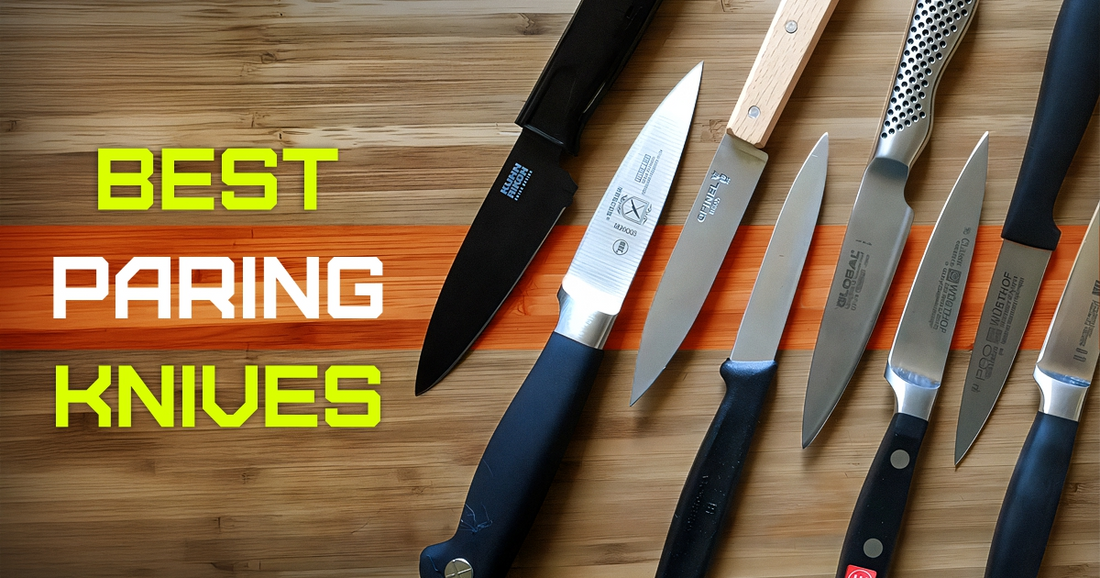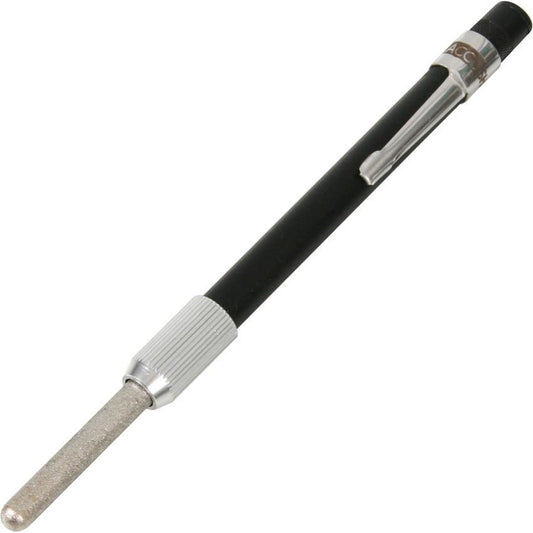
Best Paring Knives: A Complete Buying Guide for U.S. Kitchens
Share
Paring knives are one of the most essential tools in any kitchen. Compact, lightweight, and incredibly precise, the best paring knives allow chefs and home cooks alike to handle intricate tasks with ease—whether it's peeling, slicing, or trimming fruits and vegetables.
In this guide, we'll cover everything you need to know about choosing the best paring knives, including types, materials, uses, and comparisons with folding knives, fixed blade knives, Chef's Knives, and even traditional pocket knives.
What Is a Paring Knife?
A paring knife is a small knife with a plain edge blade that is typically 2.5 to 4 inches long. It’s designed for delicate tasks like peeling apples, deveining shrimp, or mincing herbs.
Its compact size gives you more control than larger blades, making it perfect for precision work where detail matters most.
Why You Need the Best Paring Knives
Even if you already own Chef's Knives, you still need a paring knife. While chef's knives are ideal for heavy chopping and slicing, paring knives offer finesse.
Benefits of Using a High-Quality Paring Knife:
- Better precision for delicate tasks
- Lightweight and easy to maneuver
- Ideal for small hands or tight spaces
- Great for preparing garnishes and intricate presentations
Types of Paring Knives
Before choosing the best paring knife, it helps to understand the different types available:
1. Spear Point Paring Knives
This is the most common type with a straight edge and sharp pointed tip. It’s versatile and perfect for slicing and trimming.
2. Bird’s Beak Paring Knives
Designed with a curved blade, ideal for peeling round fruits and vegetables.
3. Sheep’s Foot Paring Knives
With a rounded tip and straight edge, this knife is great for controlled slicing and chopping without piercing.
Paring Knives vs Folding Knives
Some people confuse paring knives with folding knives due to their similar sizes. However, they serve very different purposes.
- Paring Knives are kitchen tools meant for food prep.
- Folding Knives are pocket-friendly and designed for utility or outdoor use.
While folding knives are portable and often used for camping or fishing, they lack the sharpness and blade shape needed for precision kitchen tasks.
Fixed Blade Knives vs Paring Knives
A fixed blade knife has a blade permanently attached to the handle, offering more strength and reliability. Many fixed blade knives are made for survival or outdoor activities.
However, fixed blade versions of paring knives do exist for professional chefs who want a more rigid tool with zero flex. These offer better control when dealing with tough-skinned fruits or vegetables.
What to Look for in the Best Paring Knives
Blade Material
- High Carbon Stainless Steel: Combines the rust resistance of stainless with the sharpness of carbon.
- German Steel: Known for durability and balance.
- Japanese Steel: Often sharper with a thinner edge.
Handle Comfort
Look for ergonomically shaped handles that offer a non-slip grip. Whether it’s plastic, wood, or composite, the handle should feel secure.
Blade Length
The standard size is 3.5 inches, but you can choose shorter or longer blades depending on your needs.
Full Tang vs Partial Tang
A full tang (where the blade runs through the handle) offers more balance and strength—ideal for heavy use in commercial kitchens.
Top Brands Offering Best Paring Knives in the U.S.
- Wüsthof Classic 3.5" Paring Knife – Made in Germany, full tang, extremely sharp.
- Victorinox Swiss Army Paring Knife – Affordable and perfect for beginners.
- Shun Classic Paring Knife – Premium Japanese blade with a sleek design.
- Global Paring Knife – Lightweight and well-balanced for delicate slicing.
- Mac Knife Professional Series – Razor-sharp edge with excellent control.
Traditional Pocket Knives vs Kitchen Paring Knives
While traditional pocket knives and paring knives may look similar in size, they serve totally different audiences.
- Traditional Pocket Knives are for EDC (everyday carry) tasks like opening boxes, cutting ropes, or camping needs.
- Paring Knives are made for culinary tasks with higher food-grade steel and kitchen-safe handles.
So don’t substitute one for the other, even if you're tempted.
Maintenance Tips for Your Paring Knife
To ensure longevity and peak performance of your paring knife, follow these tips:
- Hand Wash Only – Avoid dishwashers; the harsh environment dulls the blade.
- Use a Honing Rod – Keep the edge aligned between uses.
- Store Safely – Use a blade guard or knife block to prevent damage.
- Sharpen Regularly – Depending on usage, sharpen every few months.
Final Thoughts: Choosing the Best Paring Knife for You
When shopping for the best paring knives in the United States, it's essential to focus on your unique cooking needs. Whether you're a home cook or a professional chef, a good paring knife offers unbeatable control, safety, and precision.
While Chef's Knives handle big jobs, nothing beats a paring knife for intricate work. Avoid using folding knives, fixed blade knives, or traditional pocket knives in the kitchen unless they're designed specifically for food prep.
Always invest in high-quality materials, a comfortable grip, and a reliable brand. It’s a small tool—but it can make a huge difference in your culinary routine.






